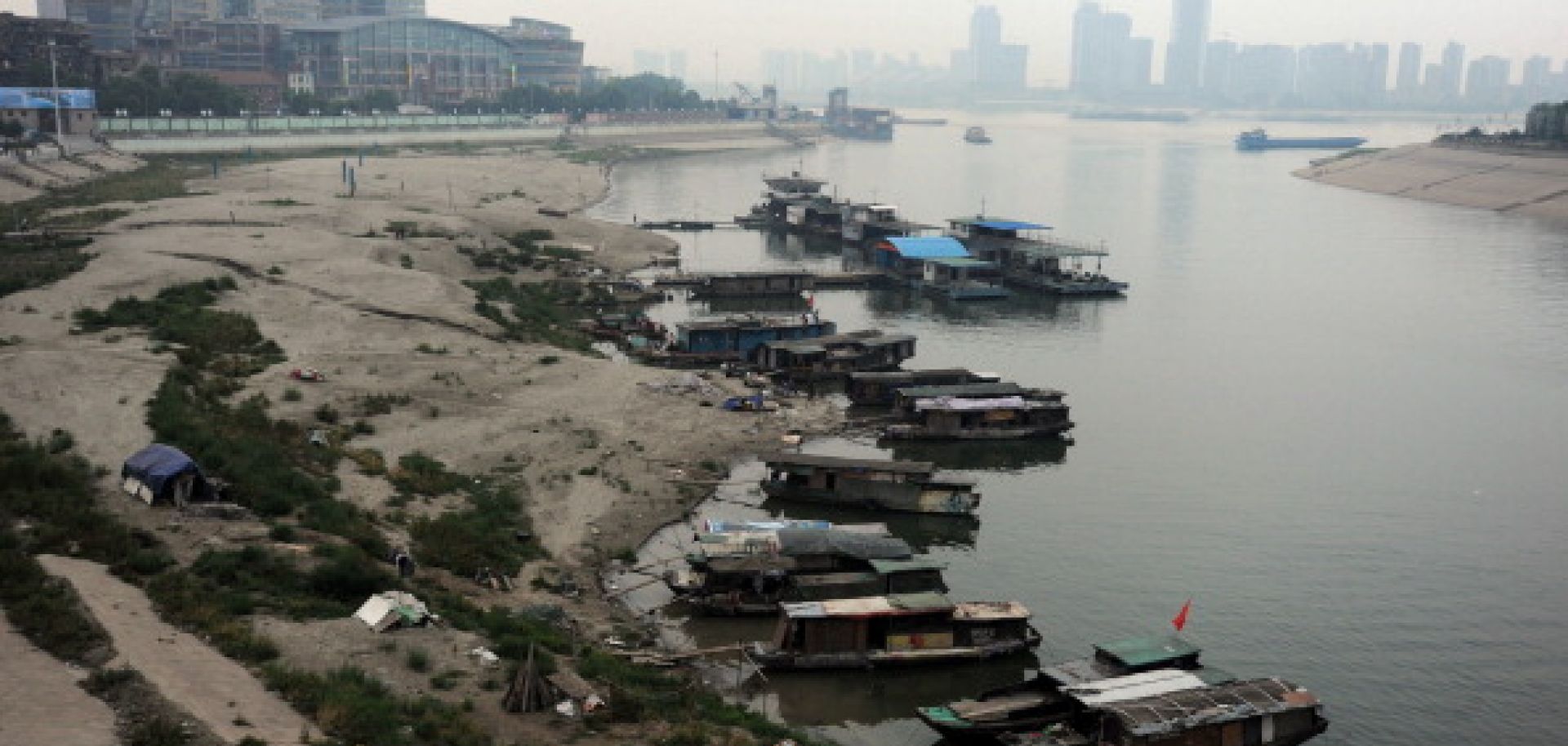ASSESSMENTS
Geographic Challenges of Developing China's Interior
Apr 13, 2012 | 12:51 GMT

STR/AFP/Getty Images
Summary
In China, the development of interior provinces has been a key Communist Party prerogative for more than a decade. In recent years, especially after the 2008-2009 global recession exposed the fragility of China's export-oriented growth model, inland development emerged as more than a policy initiative: It is a pressing, fundamental economic imperative. Modernizing and connecting the poor, densely populated interior is seen as an essential step toward building a domestic consumer base that is strong enough to allow the economy to shift from the current economic model toward something more sustainable in the long run.
But unlike the United States, which benefits from vast, easily traversable lowlands connected by a single river system, China's internal geography is rugged and extremely diverse. This has always made unifying China difficult. Today, despite Beijing's significant push to improve infrastructure connectivity within and between regions, the challenge of integrating and developing China's inland provinces persists due to the region's geographic diversity, its distance from the more prosperous coast, and its large and geographically dispersed population.
Subscribe Now
SubscribeAlready have an account?
